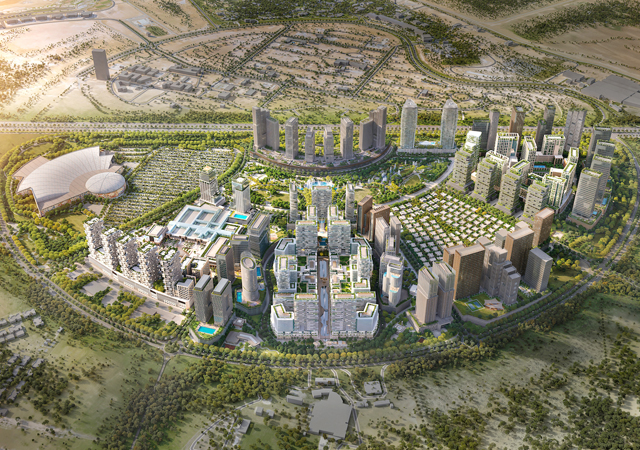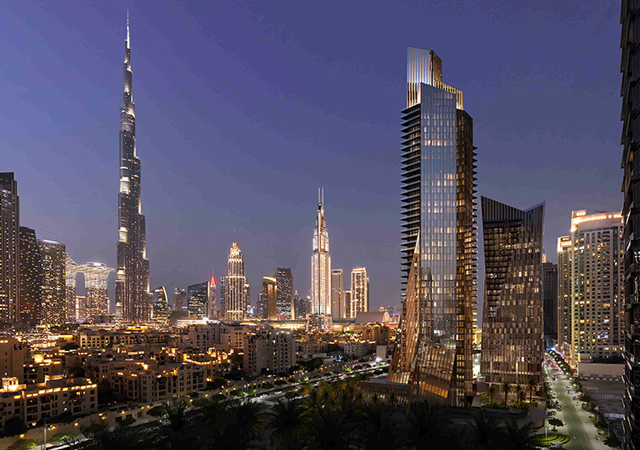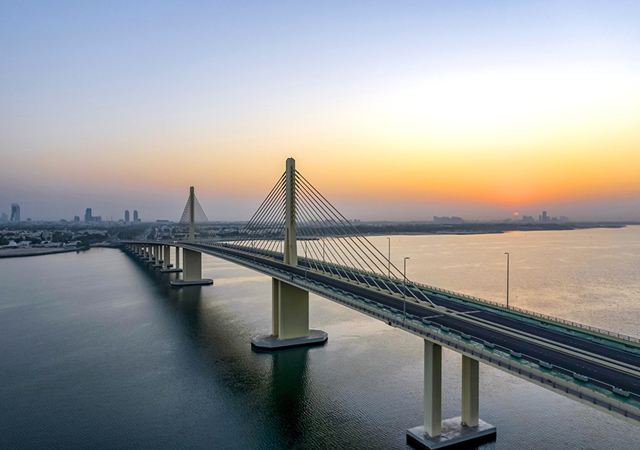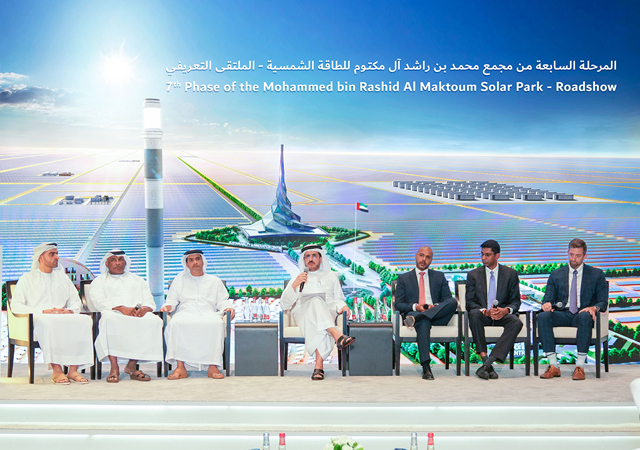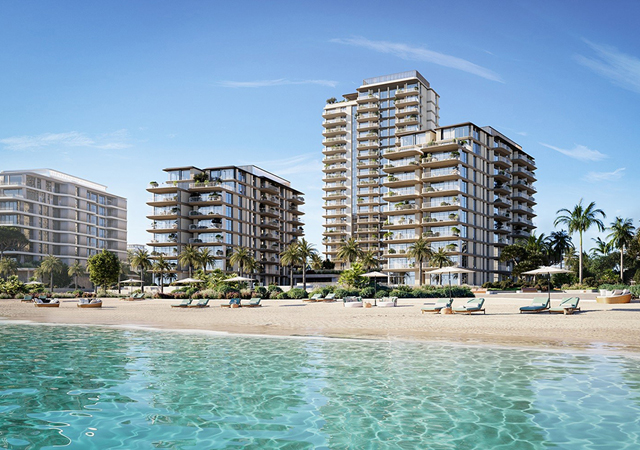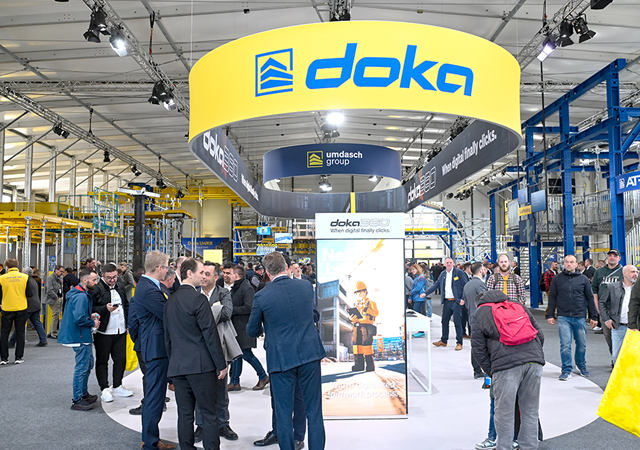
 PDC ... eyeing mega projects in the region.
PDC ... eyeing mega projects in the region.
Palm District Cooling (PDC), the UAE-based district cooling utility company – with Istithmar as its majority stakeholder – has announced expansion plans that will propel its total installed capacity to 1.8 million tons of refrigeration (TR) over the next four years.
The company will invest $3.5 billion during this time in constructing district cooling plants and infrastructure which will make it the largest district cooling company in the world. The Middle East is the fastest growing market for district cooling globally, followed by South East Asia.
“Combine a hot and humid climate with a high standard of living and you have the perfect case for district cooling,” says Keith Levers, CEO of PDC. “We are handling district cooling for all of Nakheel’s projects such as The Palm, Jumeirah Lake Towers, Discovery Gardens and several others and this allows us to develop both the capabilities and the resources to commission and run mega projects with ease.”
It is important to note that PDC has just completed its first phase of capital expenditure financing by successfully raising $207 million during 2006. The company is looking at several options such as Sukuks, private equity placements, off-balance sheet type structured financing and others. The company is currently working with several national financial institutions for this.
Why district cooling?
District cooling is a process by which a central plant chills water and circulates it via underground pipes to the mechanical systems of individual buildings. The chilled water is then used to produce cool ambient air.
Palm District Cooling operates similar to a utility company, by producing and distributing its product and billing its customers on usage. The key advantage of this process is that the developer does not need to invest substantial capital – PDC installs and operates the system and bills the end-user directly. “While offering a much higher standard of living by being centrally cooled – therefore increasing the value of the property – it actually costs the developer very little,” explains Levers.
Perhaps the biggest advantage of district cooling is that it consumes 50 per cent less energy in comparison with conventional chiller systems or window air-conditioners. This not only means lower electricity bills for consumers but also a significant environmental benefit, he adds.


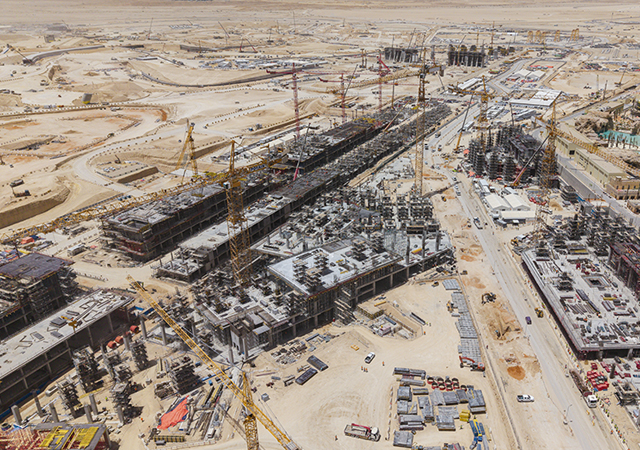

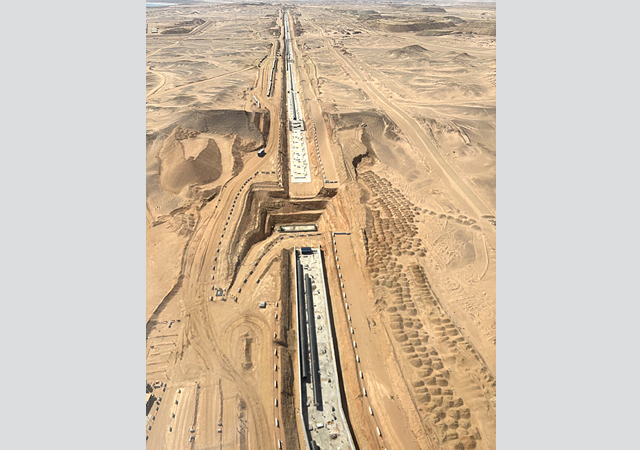
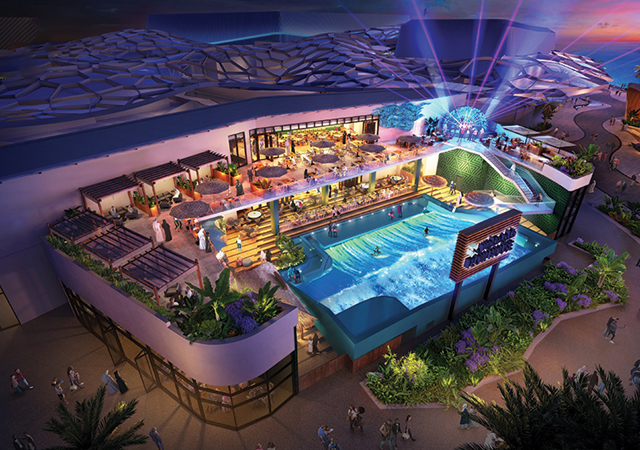
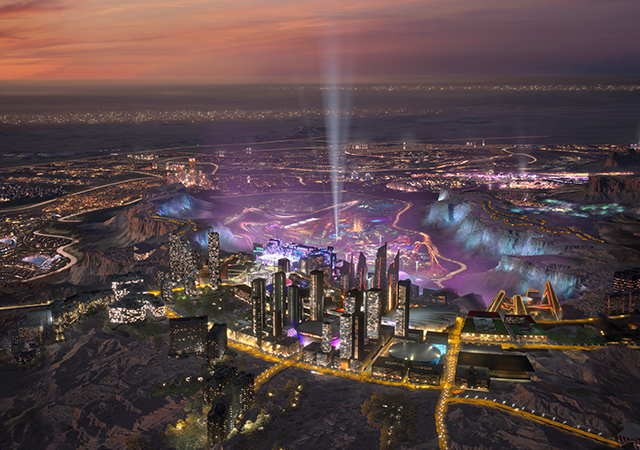
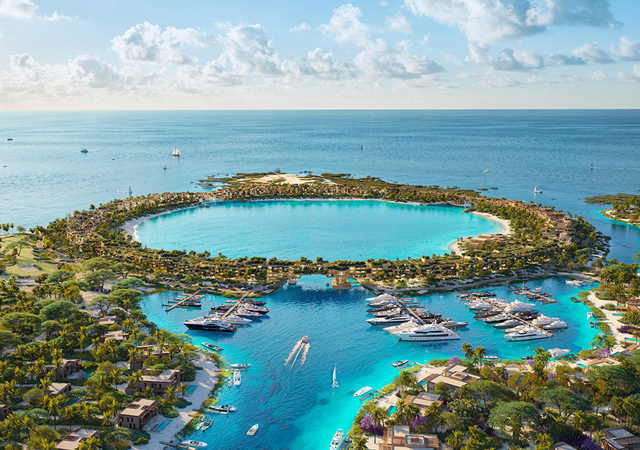
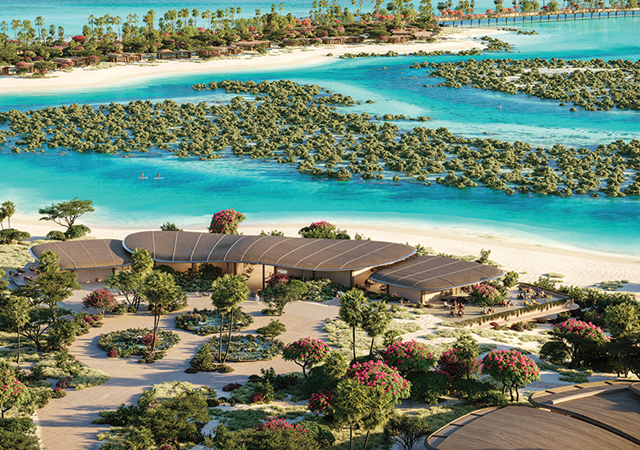
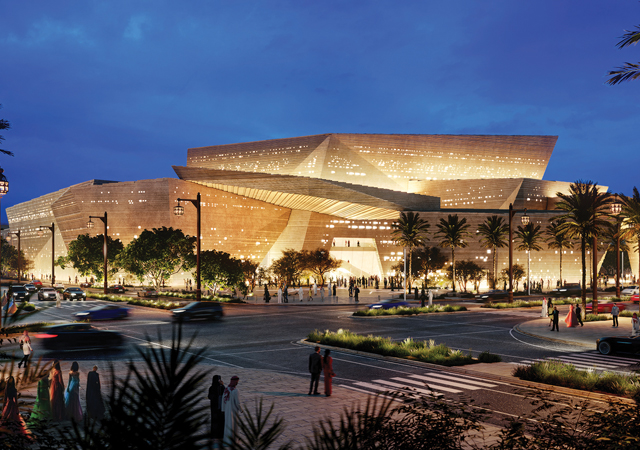
 BIG.jpg)
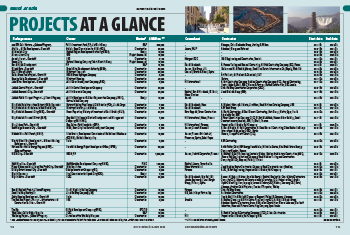
.jpg)
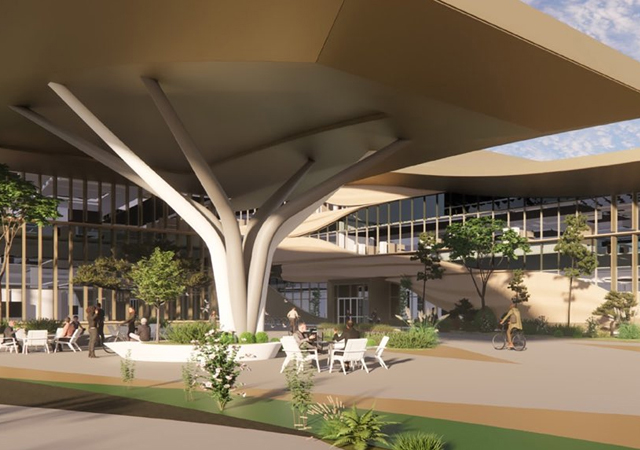
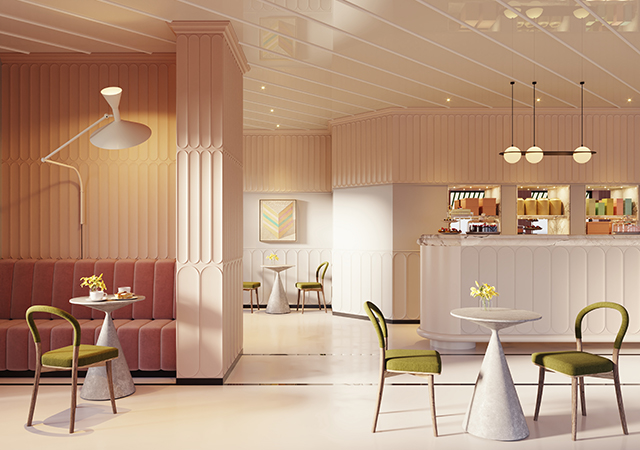
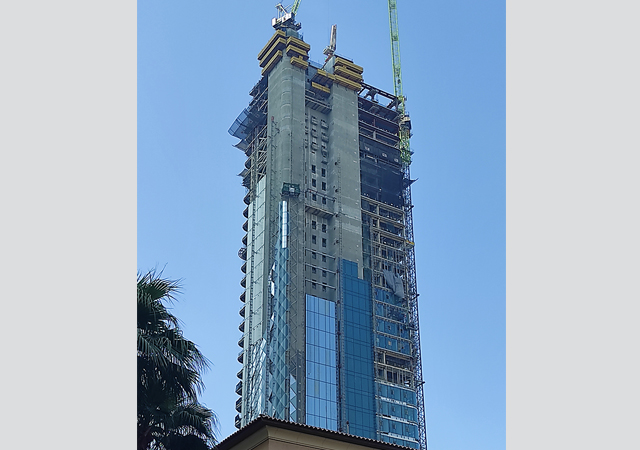


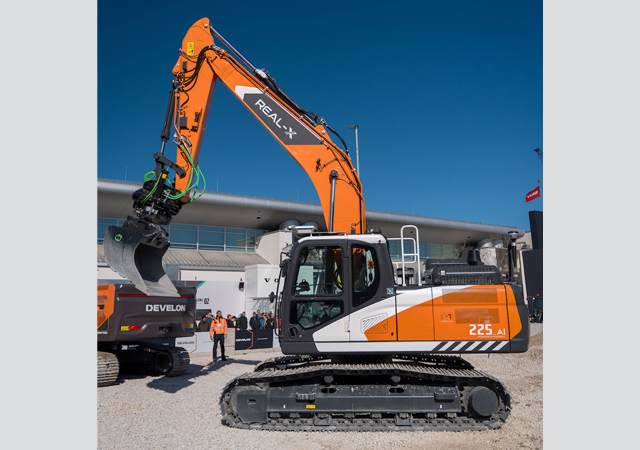
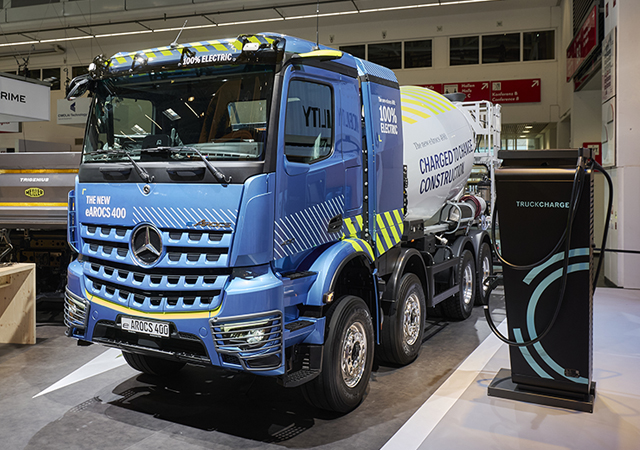

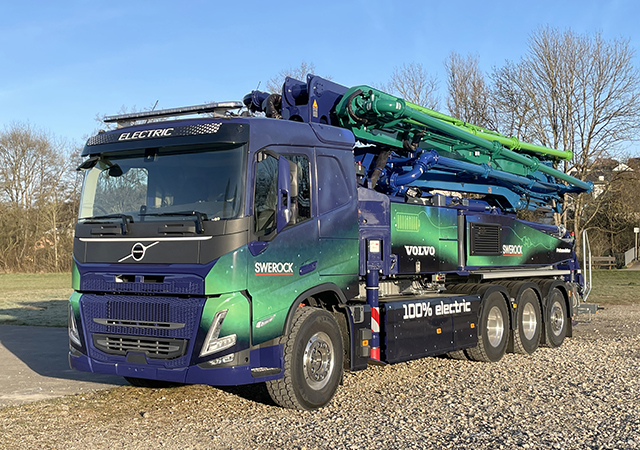

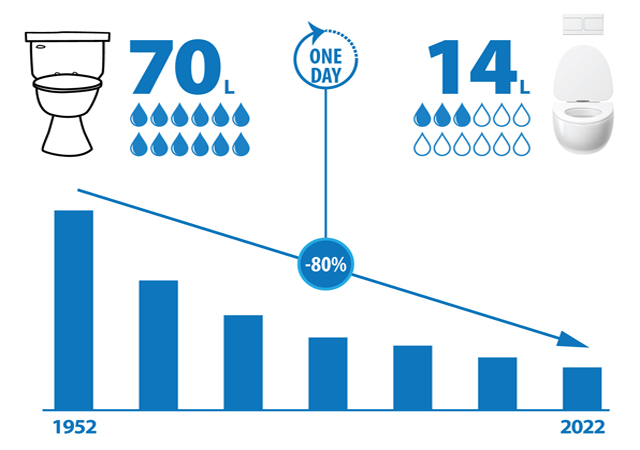


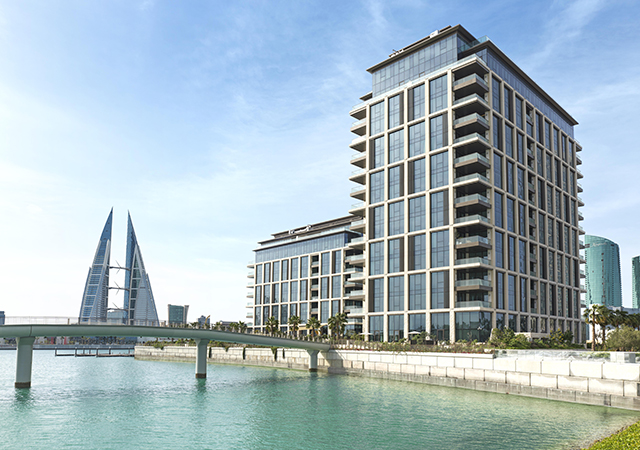
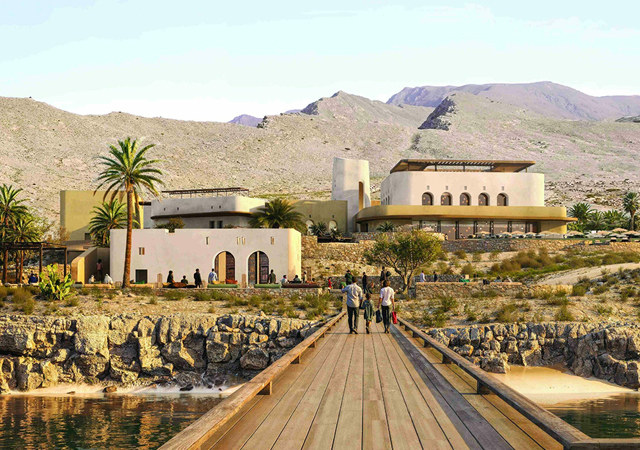


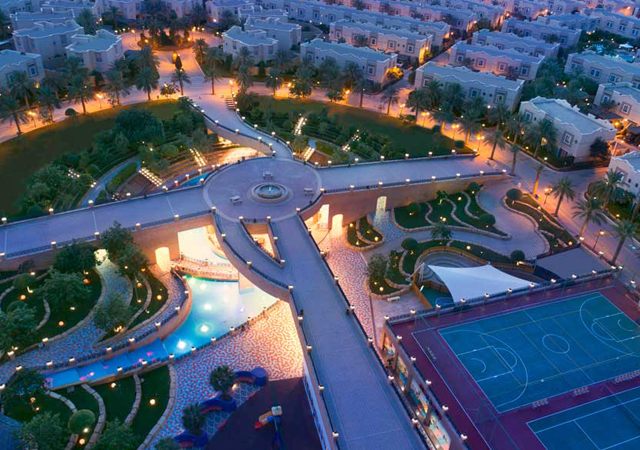
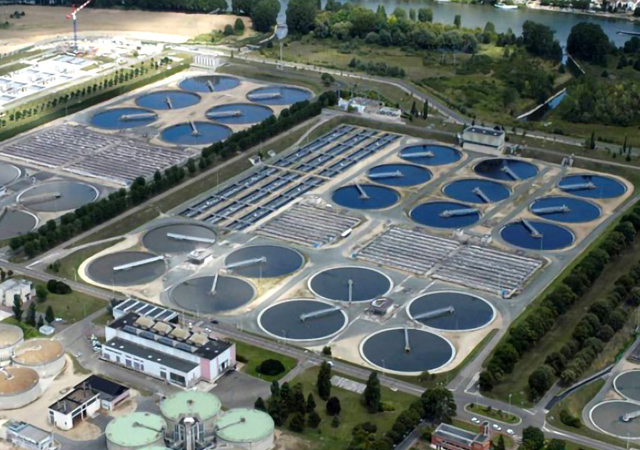
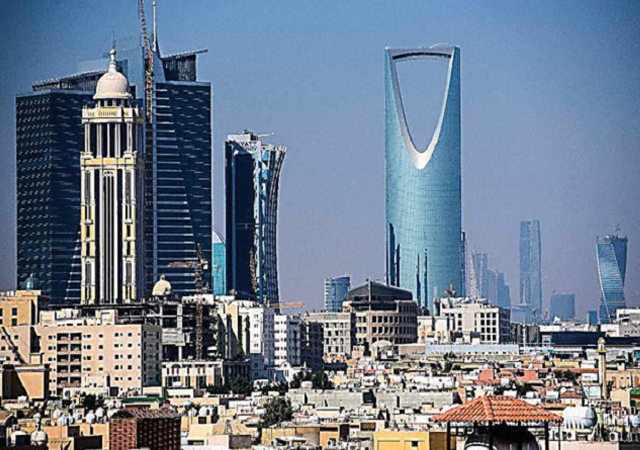

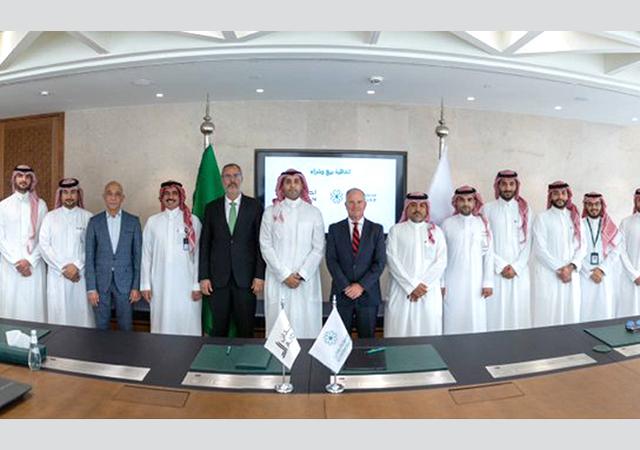

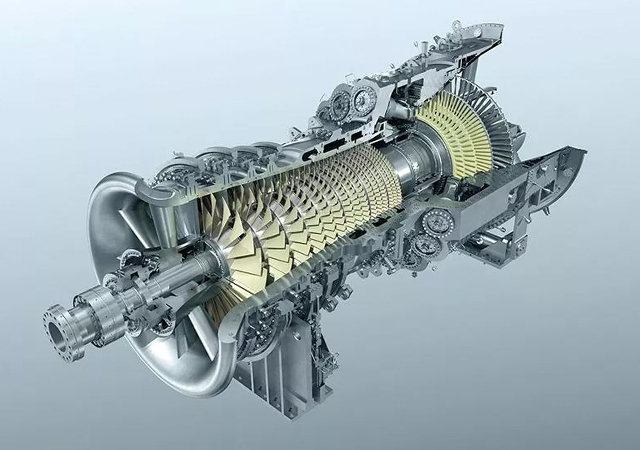
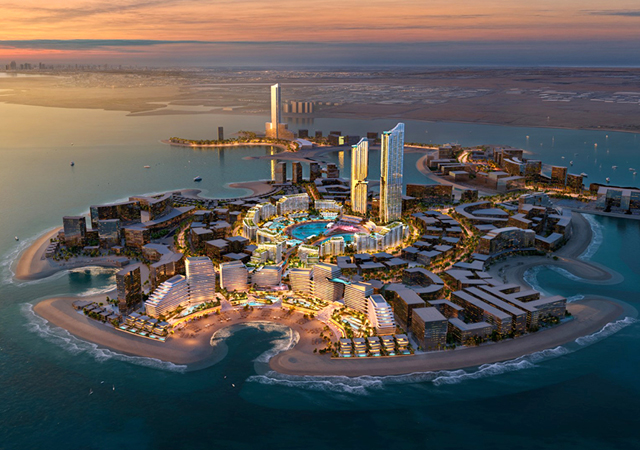
.jpg)
